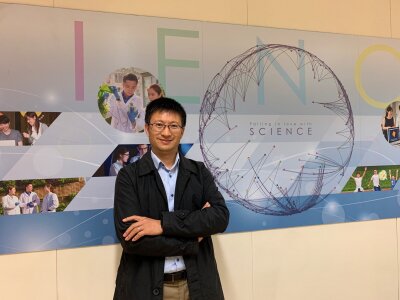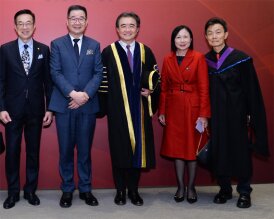Human brains employ a complex underlying fiber projection network linking different brain regions to perform functions with metabolic support. Aerobic glycolysis (AG), the nonoxidative metabolism of glucose, despite abundant oxygen being crucial for various biological processes in the brain, has been found to be heterogeneously distributed in the brain. It is especially high in regions most vulnerable to amyloid-β deposition in Alzheimer’s Disease. A recent collaborative study was undertaken by Prof. Changsong Zhou from the Department of Physics, HKBU and China Director, Centre for Nonlinear Studies and Institute of Computational and Theoretical Studies, along with his former PhD student Dr. Yuhan Chen, Assistant Professor at BNU and several collaborators led by Prof. Yong He at BNU. They discovered a wiring mechanism underlying the metabolic benefits and risks of AG. Using computational modelling and multimodal data from PET and fMRI, the work discovered large yet optimized wiring costs in high-AG regions (e.g., default-mode and prefrontal cortices) to support the important role of these regions in functional integration. This work reveals a balancing mechanism in the brain that satisfies metabolic demand while reducing vulnerability risk. This research deepens our understanding of the relationship between brain network structure, metabolism and functional organization.
The work has been published online in Proceedings of the National Academy of Sciences USA.
Proc Natl Acad Sci USA January 5, 2021 118 (1) e2013232118; https://doi.org/10.1073/pnas.2013232118






